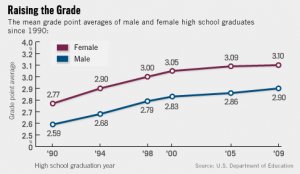In the United States, students usually begin a formal educational program around age five or six in kindergarten. Children then complete grade levels one to 12 before attending college or university. There are two types of kindergarten through grade 12 (K-12) schools in the United States: public and private. Laws regarding ages for compulsory education vary by state. These laws apply to both public and private K-12 schools. For a better understanding of these requirements please visit our Kindergarten to Grade 12 Schools page and talk to school officials in the state in which you plan to live.
Public K-12 Schools
- For a maximum period of 12 months – This time limit includes all public schools the student attends. You cannot spend a year at one public high school and then transfer to another.
- Must pay the full, unsubsidized per capita cost of attending the school district. Payment of this fee must occur before the child applies for an F-1 visa. You must be able to present proof of this payment is at the visa interview and at the port of entry when you apply for admission into the United States.
If you have questions, contact the school’s designated school official (DSO).
An F-1 student may not attend a public school for kindergarten through grade eight because those schools cannot be SEVP-certified.
A minor F-2 or M-2 dependent of an F-1 or M-1 student may attend public school at the appropriate grade level without any additional permission or documentation from SEVP. For a minor F-2 or M-2 dependent to transfer from a public school to a private school, the F-1 or M-1 student and/or F-2 spouse, if applicable, should talk to the school’s DSO.
Private K-12 Schools
Tuition (not – as with public schools – local, state and federal tax revenue) funds private schools. International students may apply for F-1 status to attend a private, SEVP-certified school for grades K-12. Unlike public schools, regulations place no limit on the length of time an F-1 student may attend a private, SEVP-certified school.
After Grade 12
An F-1 high school student who would like to continue studying in the United States after graduation may apply to an SEVP-certified college or university. For more information about transferring, please visit our Instructions for a Transferring F-1 student page.







